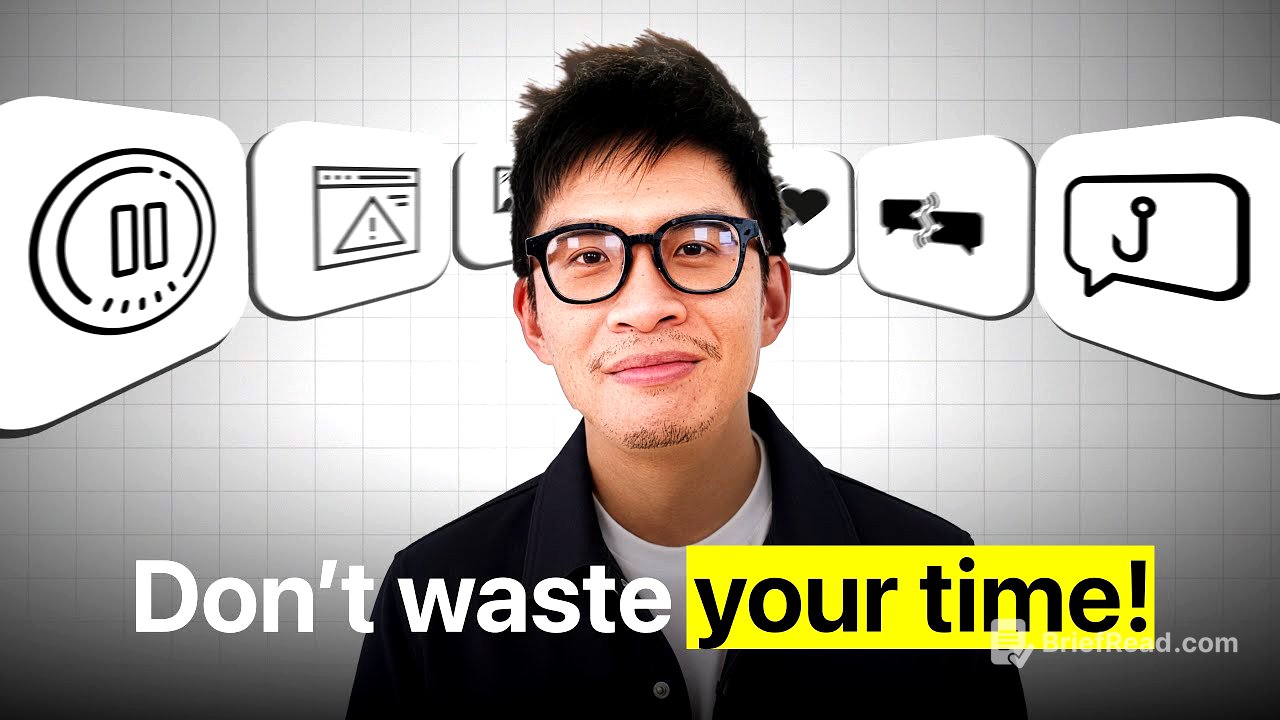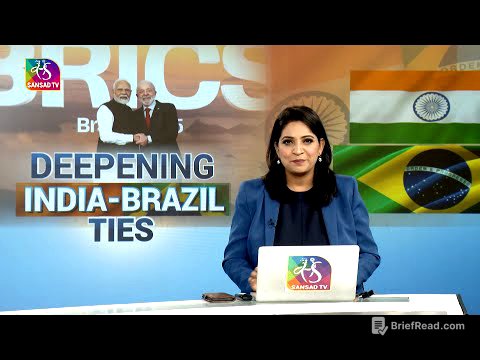TLDR;
Vinh Giang shares 10 communication techniques, plus a bonus, to help you become a top 1% communicator. These techniques include using the rule of three, pattern interrupts, balancing head and heart communication, audience mirroring, the power drop, purposeful pausing, looping, conversational hooks, energy transference, call and response, and the empathy echo.
- Rule of three for rhythm and memory
- Pattern interrupts to regain attention
- Balance of logic and emotion
Intro [0:00]
Vinh Giang introduces the video by stating that he will share 10 communication techniques, refined from his experience on thousands of stages and various performance backgrounds, that will place you in the top 1% of communicators. He also teases a story about a past speaking engagement that went wrong due to one line he said, which significantly changed his communication style.
The Rule of Three [0:51]
The rule of three involves presenting information in sets of three to enhance rhythm, memory, and impact. Saying something once is information, twice is recognition, and three times establishes it as truth. This technique is used in speeches and movies because the brain loves patterns, and three is the smallest number to create one. Delivering ideas in threes makes them more intentional, complete, and unforgettable.
Pattern Interrupts [1:36]
Pattern interrupts are used to break predictability in speech and regain the audience's attention. When speech becomes monotonous, the audience tunes out. Interruptions can include dropping volume mid-sentence, pausing unexpectedly, moving on stage, or using humor unexpectedly. These breaks jolt the brain back to the present.
Head Communicator vs. Heart Communicator [3:04]
There are two types of communicators: head communicators, who are logical and use facts and frameworks, and heart communicators, who use stories and emotion. Head communicators can come off as informative but not moving, while heart communicators can lack structure and data. The most effective communication balances both logic and emotion to transform people, ensuring the message is both understood and felt.
Audience Mirroring [5:31]
Audience mirroring involves subtly matching the audience's tone, posture, or pace to build rapport. This subconscious synchrony releases oxytocin, the trust chemical. It's important to match and mirror slowly rather than too quickly, which can seem inauthentic.
The Power Drop [7:57]
The power drop involves lowering the pitch of your voice at the end of sentences to sound more confident and authoritative. Avoiding an upward inflection, which makes statements sound like questions, and landing points with a lower tone signals conviction.
Purposeful Pausing [9:51]
Purposeful pausing involves using silence before and after important points to build anticipation and give the idea weight. Pausing before a big point makes the audience lean in, while pausing after allows the idea to resonate.
Looping [11:40]
Looping involves opening a question or mystery early in a story and not closing it until later to keep the audience hooked. This open loop keeps people engaged as they wait for closure. Vinh shares the story from the beginning of the video about a joke that flopped on stage in the USA.
Conversational Hook [14:19]
A conversational hook involves opening a speech or conversation as if you're already in the middle of a chat to dissolve tension and create instant rapport. Starting with phrases like "I wasn't planning to share this" or "This isn't easy for me to admit" disarms people and makes them feel like they're talking to a friend.
Energy Transference [16:01]
Energy transference involves recognizing that audiences feel your state of being, not just your words. To inspire a certain emotion, you must first embody it yourself. Before speaking, Vinh plays music that matches the energy he wants to radiate and sometimes skips backstage to be playful.
Call and Response [17:54]
Call and response involves turning a monologue into a dialogue by asking questions that the audience can answer silently in their heads. This engages the audience and makes them active participants in the conversation.
The Empathy Echo [19:03]
The empathy echo involves echoing someone's last words back to them to make them feel heard. This technique slows the conversation down, builds safety, and deepens trust, especially in coaching, leadership, and parenting.









